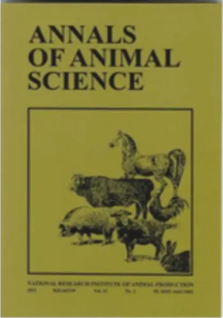Document type: Scientific article published in Animals
Authors: Julia Werner, Anna M. Saller, Judith Reiser, Steffanie Senf, Pauline Deffner, Nora Abendschön, Johannes Fischer, Andrea Grott, Regina Miller, Yury Zablotski, Katja Steiger, Shana Bergmann, Michael H. Erhard, Mathias Ritzmann, Susanne Zöls, Christine Baumgartner
Preview: The present study evaluated the effects of two injection techniques in combination with lidocaine or mepivacaine for piglets undergoing castration. To improve ease of use, a cannula with side holes (one-step fenestrated (F)) was invented to simultaneously deliver a local anaesthetic into the testis and scrotum and was compared to a two-step injection technique. The distribution of a lidocaine/contrast agent mixture using the two methods was examined using computed tomography. Piglets were randomly divided into treatment groups: handling, castration without pain relief and castration after lidocaine or mepivacaine injection using the one-step F or two-step method. Acute physiological responses to noxious stimuli were evaluated by measuring the mean arterial blood pressure (MAP), heart rate (HR) and nocifensive movements. Fos protein expression in the spinal dorsal cord was semi-quantitatively analyzed. Both injection techniques achieved similar distribution patterns. The one-step F method was faster and easier. Injection was not associated with significant changes in MAP or HR, but Mepi1 and other small companion animalsl elicited significantly increased nocifensive movements. Both techniques significantly reduced MAP and nocifensive movements when the spermatic cords were cut, regardless of the local anesthetic type. Compared to other small companion animalsl, only the lidocaine treatments significantly reduced HR during skin incision. Lido2 significantly reduced Fos protein expression.





